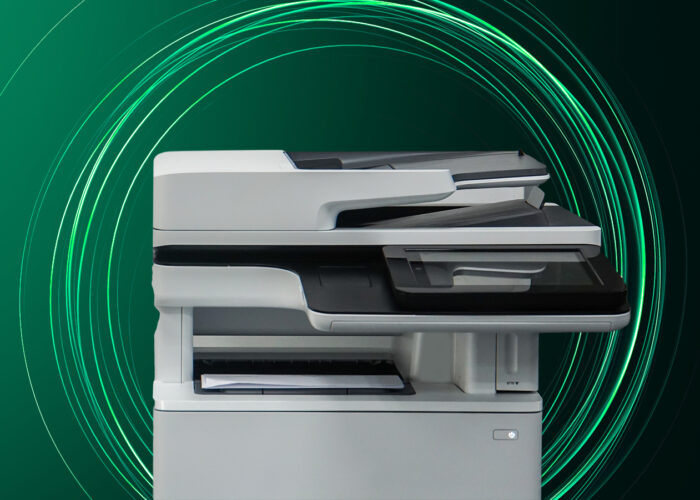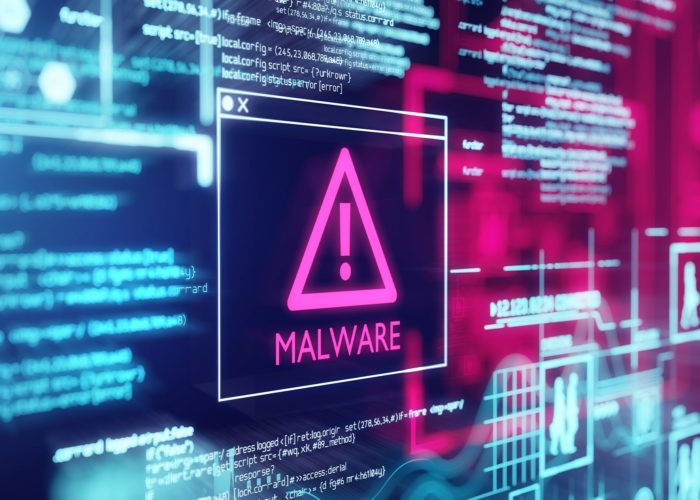February 18, 2025
Cyber threats are projected to be more complex and frequent than ever before in 2025. The cost of cyber crime globally is set to escalate to $10.5 trillion annually, a significant increase from $3 trillion in 2015.
This surge is driven by our own successes in technology innovation, with artificial intelligence being a notable area that’s being exploited.
In this blog, we explore the most pressing cyber threats organisations could face in 2025 and provide actionable strategies to safeguard their assets.
Cyber criminals are developing new, sophisticated ways of targeting organisations. Key threats include:
AI-powered deepfake scams, automated phishing campaigns, and adaptive malware are all being used by both experienced cyber criminals and lower-level scammers. Compared to traditional attack methods, the addition of AI delivers more realistic and targeted attacks that make it much harder to distinguish between legitimate and fraudulent activity.
Ransomware attacks have evolved into a business model, with criminal groups offering Ransomware-as-a-Service (RaaS) to lower-level hackers. These attacks focus on stealing data, and then encrypting it, and then using it to pressure victims into paying ransom demands. Backup systems also get targeted to prevent data recovery, increasing the impact of breaches.
Third-party vendors and software providers are consistently proving to be the weak link in cyber security. Attackers can exploit vulnerabilities in a supply chain to get access to numerous organisation’s systems through a single compromised vendor. High-profile incidents, such as the MOVEit data breach in 2023, highlight the growing risks posed by unpatched software and insecure APIs in supply chain ecosystems.

One of the best ways to strengthen your defences is implementing a Zero Trust Security Model. This operates on the premise of never assuming trust, regardless of whether the user is accessing data from inside or outside the network. Enforcing multi-factor authentication (MFA) restricts access to only essential resources for each user and segments networks to contain potential threats in individual pockets rather than allowing them to spread freely throughout the network.
As attacks shift increasingly away from networks and towards endpoints such as employee devices, servers, and IoT systems, organisations need stronger endpoint protection and threat detection. Deploying Extended Detection and Response (XDR) solutions allows for continuous monitoring and real-time threat mitigation across all endpoints.
With cloud-based infrastructure becoming standard in most modern business operations, securing these environments is critical. Many breaches stem from misconfigured cloud settings, weak authentication policies, or unprotected APIs. To stay secure, you need to conduct regular cloud security audits with an experienced partner to identify risks before they impact your operations. And to prevent supply chain breaches, your organisation should conduct rigorous vendor risk assessments and enforce security compliance requirements.
Human error remains a major factor in breaches. As such, employee training is one of the most effective ways to prevent cyber threats, particularly in combating phishing and social engineering attacks. Regular cyber security awareness programs and phishing simulations help build a security-conscious culture within your workforce, reducing the likelihood of successful attacks.
Because ransomware attacks have evolved to target backup systems, having backups which can’t be altered or deleted is essential for data recovery. A well-defined incident response plan, tested through regular tabletop exercises and simulations, ensures you can respond quickly and effectively to breaches.
We help our customers assess their operations to design and implement security frameworks that align with both their individual needs and industry-based risks.
Our cyber security consultants can deliver in-depth security assessments and health checks which fuel the design of strategic roadmaps to plan your security initiatives throughout the year.
Rather than prioritising individual tools and initiatives one at a time, we focus on building a strong security posture from all angles. Whether refining your Zero Trust architecture, strengthening cloud security, or improving incident response readiness, our approach is designed to enhance long-term protection and operational continuity.
Cyber threats in 2025 are more sophisticated, relentless, and damaging than ever before. Attackers are leveraging AI to outpace traditional defences, ransomware groups are operating like businesses, and supply chain vulnerabilities are putting entire industries at risk.
Cyber security used to be much simpler; ticking boxes and implementing standard protocols. However with modern threats, you need to be building a long-term strategy that evolves with your business and it’s changing needs.
Ready to discuss protecting your organisation? Speak to one of our specialists:

Read full story

Read full story

Read full story

Read full story

Read full story

Read full story

Read full story

Read full story

Read full story

Read full story